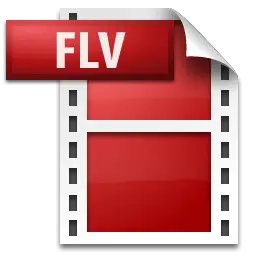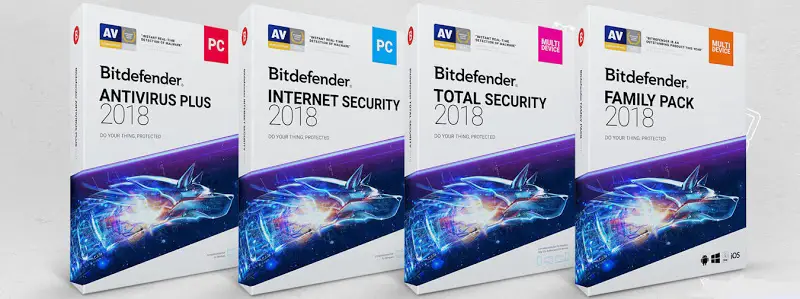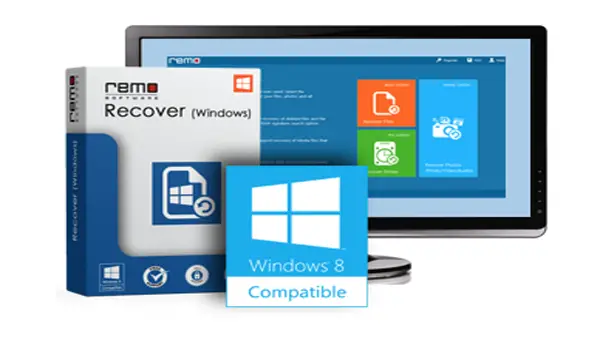In case you didn’t know, FLV stands for Flash video. FLV is used to play video using Adobe Flash Player. Flash Player by Adobe just had its sweet 16th birthday, so this article is fitting. Why is FLV so relevant to us? FLV is the most used video format with our favorite online video sites. YouTube, CNN, and Hulu are just a few sites your probably familiar with that utilize FLV videos.
Advantages
FLV files have a lot of advantages, hence the reason they are so widely used. Here are a few advantages for using Flash videos.
- The files are relatively small and can be downloaded easily.
- Because flash video is so prevalent, more than 90% of Internet users can view them.
- FLV files can be used for a variety of purposes; videos, banners, animation, and more.
- Regular video files are easily converted into FLV.
- The final product of these videos look the same on any device; PCs, Macs, and mobile devices.
- Flash can be interactive and provide some very advanced features, like interactive video.
Disadvantages
Using FLV files does come with some cons, even if there are few.
- Creating intricate FLV files can be expensive and require someone with a lot of expertise.
- Search engines can’t see what’s in a flash video, like letters, pictures, and words, therefore making it hard to rank FLV files in search results.
- Not everyone has current Adobe Flash Player software, if they don’t have it they can’t view it.
Converting FLV Files
FLV files have long been established as the default video format for the majority of online videos, but sometimes it’s necessary to convert them to other file formats. Video converters can change file formats from one format to another. These converters recompress the video using a process called transcoding. The biggest problem with transcoding is you lose some of the quality changing between formats.
This loss of quality is sometimes inevitable. When you need to change the video from FLV to another format there’s not much you can do. Luckily there are many programs which make this process simple to do and the loss of quality is minimal.
Most FLV converters will allow you to change FLV into common file formats. The most common types are; MP4, MPG, MOV, AVI. In other scenarios you may need to convert video into flash. Good FLV software makes these conversions simple.
For example; If you want to make DVDs from FLV video so must convert it first. Flash video files don’t convert to DVD file format. They must first go to more acceptable file formats like QuickTime movie (MOV). Once in that format that can be saved on a DVD.
Hosting FLV Files
It’s a good idea to host FLV videos on another site, like YouTube, if you plan on displaying them on your own website. FLV files that go viral could easily crash your website if they are posted on your servers. Use a social video site like Vimeo or YouTube to avoid shutting down your site just when it goes big time. Those big video sites have the ability to handle large amounts of traffic.
[Read also: How to Become Famous on YouTube]
Conversion Software
When choosing software to convert your files there are a few key features you want. Make sure the software can perform at high-speed. The faster the software works the less cumbersome your video converting will be.
Converting files of these types can take a lot of time and CPU usage. Also make sure you can convert files to as many video formats as possible.
Finally because so many FLV files are on video websites like YouTube, the software should be compatible with those sites.
On a final note, if you plan on downloading something from the internet for your conversion software needs please do so from a trusted and safe source. Always be careful opening an executable file from the Internet. Viruses are not uncommon.
Flash videos are easy to use and extremely common. Changing them to and from flash format is actually pretty simple with good software.





I have a script that converts assorted videos to .flv format when they are uploaded. It will also do .mp4 and .m4v if I remember right. Seems like the new trend is leaning towards the .mp4 and .m4v. I think YouTube is even pushing these formats now. Last time I downloaded one directly from within my YouTube account that’s what I ended up with anyway. I guess it’s html5 or something. I do like .flv’s. I just wish they played on more devices and players.
Hi Peter,
I use an option from Real Player when downloading video streaming files from the internet. All you need to do is hover over the playing video and a small button will appear on the top of the video if the application is capable of copying it. It’s very useful particularly for copying those funny or amusing clips from any video streaming websites.
Flash videos are so common but I don’t think so that I know everything about it. This post increased my knowledge about it though.
I agree that creating a site which has major use of flv videos can be dangerous from SEO side of view. Videos are for people to see, not robots.
I think that the quality of FLV is usually quite good compared to other formats, about the fact that people that don’t have installed flash cannot see it, I read somewhere that the flash plugin penetration is about 95% these days (preatty impressive)
Luckily, FLV is extremely common nowadays with the prevalence of flash video. You usually don’t even need to download an extra program from the internet to be able to play/convert FLV files. There are reliable websites out there that only require the link to the video you’re trying to convert, and it does the rest.